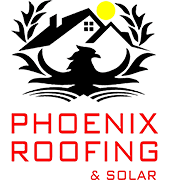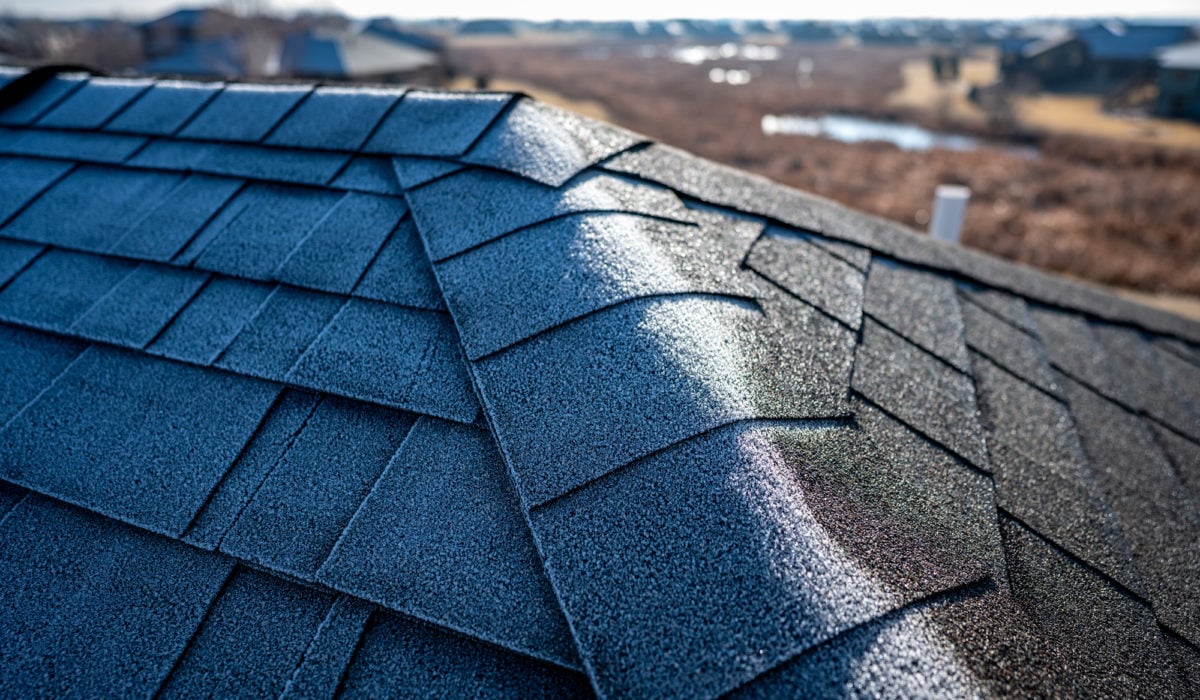- 0 Comment
Should I Worry About Frost on My Roof?
Winter brings with it a serene landscape of glistening snow and icicles hanging from rooftops. However, beneath this picturesque scenery, frost can pose potential risks to your roof. Many homeowners wonder whether they should be concerned about the frost accumulating on their roofs. In this blog, we will delve into the implications of frost on your roof and help you determine whether you should worry about it.
Understanding Frost
Frost is formed when the temperature drops below freezing, causing moisture in the air to freeze upon contact with surfaces, including your roof. Frost can take various forms, such as ice crystals, frost heave, or even a solid layer of ice. While it may appear harmless, it can have consequences for your roof’s structural integrity and your home’s overall well-being.
The Impact of Frost on Your Roof
-
Weight Load: Frost can add extra weight to your roof, which might not be a problem for well-constructed roofs. However, if your roof is already carrying a heavy load due to accumulated snow, the additional weight of frost can become a concern. This excess weight can lead to structural damage, leaks, or even a roof collapse in extreme cases.
-
Ice Dams: Frost can contribute to the formation of ice dams, which are a common problem in cold climates. When frost melts during the day due to sunlight or indoor heat, it can refreeze at night, creating a barrier of ice along the roof’s edge. Ice dams can prevent proper drainage, leading to water seeping into your home and causing interior damage.
-
Roof Material Damage: The freezing and thawing cycle that frost contributes to can be hard on roofing materials. It can cause shingles to become brittle, crack, or curl. This degradation can reduce the lifespan of your roof and require costly repairs or replacements sooner than expected.
-
Gutter and Downspout Damage: Frost can also wreak havoc on your gutters and downspouts. The expansion and contraction of ice can lead to gutter seams separating or even causing the gutters to pull away from the roofline. Damaged gutters can lead to water overflow, which can further exacerbate the issues with ice dams.
-
Energy Efficiency: Frost on your roof can indirectly affect your home’s energy efficiency. If your roof isn’t well-insulated, heat loss through the roof can accelerate the melting of frost and snow, contributing to ice dams and higher energy bills.
When to Worry About Frost on Your Roof
Now that we’ve discussed the potential impact of frost on your roof, you may wonder when you should start worrying about it. Here are some key factors to consider:
-
Amount of Frost: A light dusting of frost may not be cause for immediate concern, but if it accumulates into a thick layer, it’s time to pay attention.
-
Roof Age and Condition: Older roofs and those with preexisting damage or wear are more susceptible to the negative effects of frost. Regular roof inspections are crucial in these cases.
-
Local Climate: Consider your local climate and the severity of winter weather in your area. If you frequently experience extreme cold and heavy snowfall, you should be more vigilant.
-
Maintenance: Proper maintenance, including cleaning gutters and removing snow and ice, can help mitigate the risks associated with frost. Regularly inspecting your roof for signs of damage is essential.
In conclusion, frost on your roof is not something to be ignored. While a light layer of frost may not immediately spell disaster, it can contribute to various issues if left unaddressed. Regular roof maintenance and inspections are your first line of defense against the potential damage caused by frost. If you’re unsure about the condition of your roof or need assistance, it’s advisable to consult with a professional roofing contractor. Taking proactive measures can help ensure the safety and longevity of your home’s most vital protective barrier.

